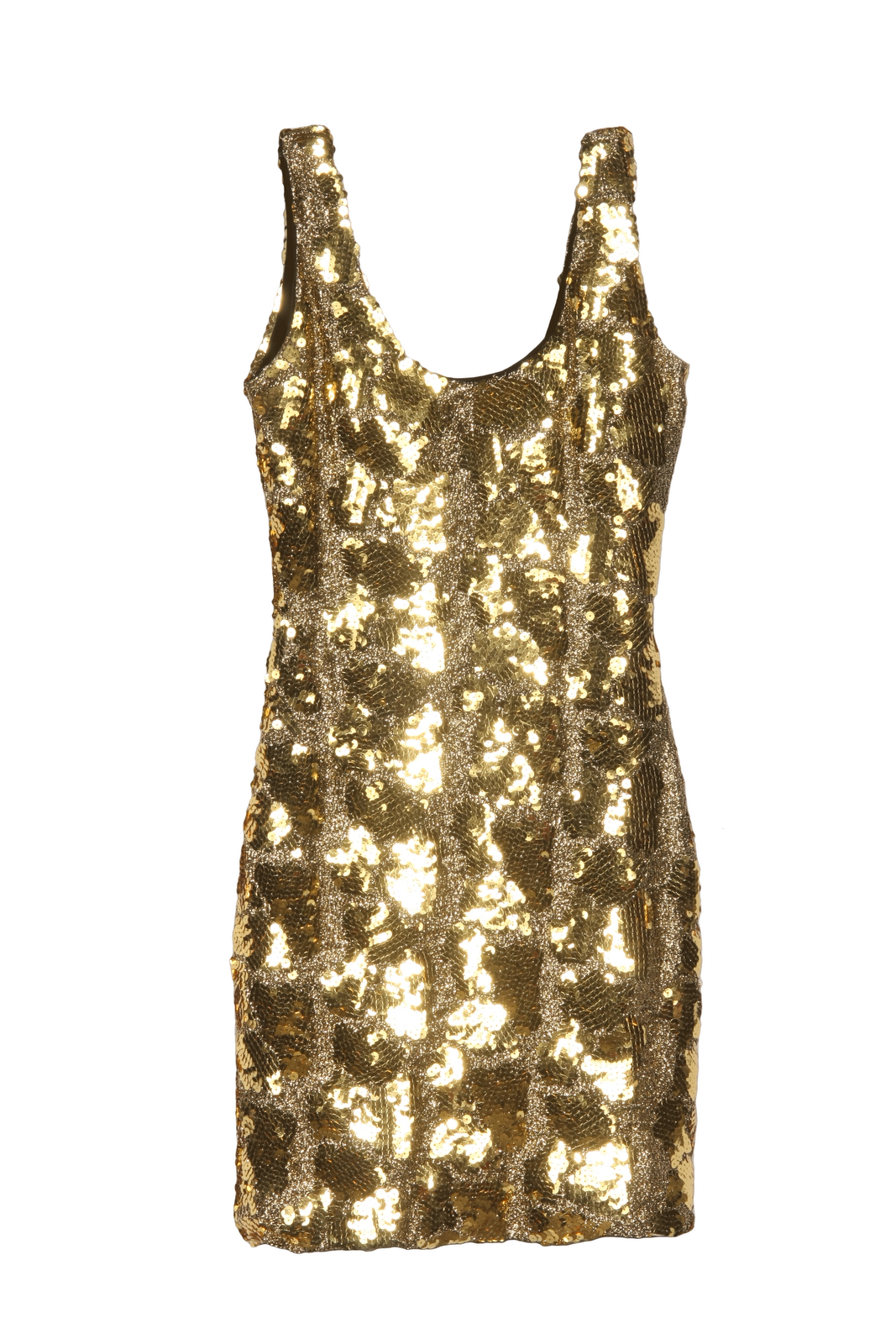1
Work in Progress/Tests / Re: Corona in VFX / Experiences and conclusions
« on: 2017-03-10, 10:25:23 »just curious, where were you working when you did these? just surprised and assumed the VFX houses that worked on those films where using maya and other renderers. i know star trek had some max/vray but the others i didn't know.
Generally that would be true. But these are backgrounds/matte paintings. And those guys are generally allows to do whatever they need to get the background out. Paint it, render it in whatever, Photoshop and Nuke it until you get thumbs up. It is quite often one-man-job as most things cannot be reused (the mountain backdrop can't be in that many shots.. the monkey would) so there is much more flexibility in their tool of choice.



